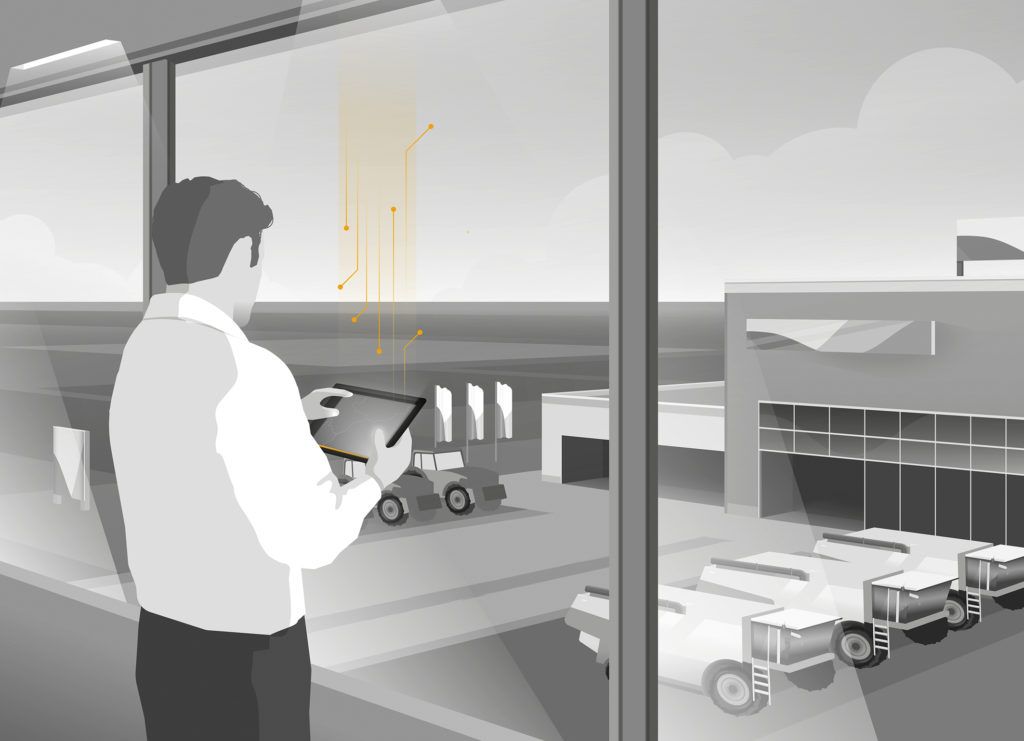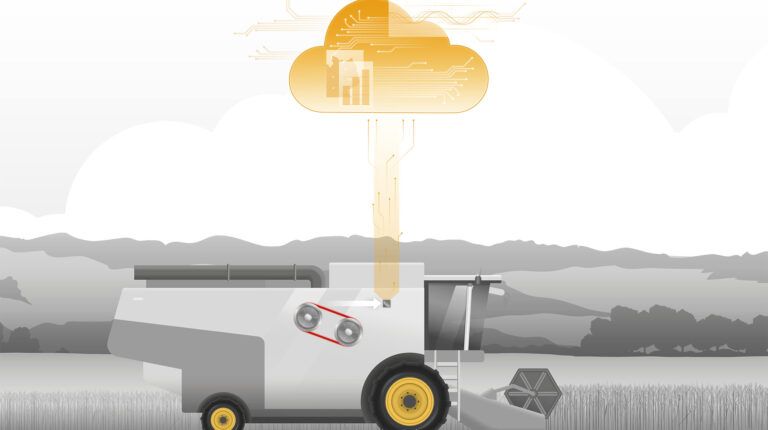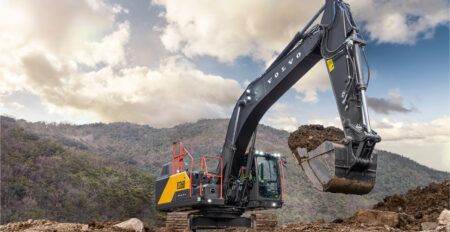In what is considered an important step toward digitalization and connectivity in the agricultural sector, Continental and Claas are jointly testing a new, smart power transmission belt for combine harvesters. This integration of data technology and smart systems in drive belts, will deliver an efficient and environmentally aware harvesting and operational process. Predictive maintenance and condition monitoring, both important issues for the future, are increasingly becoming reality as a result.
Maik Zeuner, head of service function, functional technology drives, at Claas, which has tested the new belt, said, “This digital belt concept allows unplanned downtime in the agricultural machine to be avoided. That saves time, material and money. In the future, our distributors will be able to contact customers proactively and agree necessary service dates at an early stage.” He continued that in a predictive maintenance approach, the sensors in the belt ensure that possible defects are identified before they occur because the belt is subject to permanent surveillance: “That offers all involved a great deal more room for maneuver and certainty.”
 Previously, it was only possible to check the belt after specified periods or in the event of anomalies, but not while in operation. “The new smart variable-speed belt will make this possible in the future. The ability to connect all the sensor data will be the decisive benefit of predictive maintenance,” said Thorsten Schwefe, Continental’s key account manager with responsibility for power transmission belts in the agricultural sector.
Previously, it was only possible to check the belt after specified periods or in the event of anomalies, but not while in operation. “The new smart variable-speed belt will make this possible in the future. The ability to connect all the sensor data will be the decisive benefit of predictive maintenance,” said Thorsten Schwefe, Continental’s key account manager with responsibility for power transmission belts in the agricultural sector.
During field testing, data was gathered from an area of 4,220 hectares, during which the electronics in the belts withstood over 140 million flexing cycles. The evaluation of the data delivers concrete statements about the condition of the belt and the stresses on upstream and downstream components. That is important because a defective belt not infrequently triggers a kind of domino effect that affects other components. “The smart belt allows us to significantly reduce this risk,” said Schwefe.
Predictive maintenance and condition monitoring, both important issues. Identifying malfunctions and defects in machines and vehicles in advance and carrying out scheduled actions are key factors in achieving efficient operations. As a result, Continental is offering a variable-speed belt featuring an integral sensor. This transmits condition-related data to a receiver installed in the agricultural machine. There, the data is captured, sent to the Continental cloud and interpreted by an algorithm. “We can then see whether a belt drive is currently overloaded and machine settings have to be adjusted – and all that happens in real time. In the future, we will also be able to make predictions about maintenance and about the right time to change the belt,” added Schwefe. “We’re breaking new ground in the industry with this solution. Data-based condition information on power transmission belts has not been a common feature in the farming industry to date.”
Harvest times can be short, for example around eight weeks per year in the case of cereals, so the reliability is important during times when equipment such as combine harvesters need to work smoothly and without malfunctioning, otherwise bottlenecks can occur right along the process chain. “The transparency that our smart belt will offer in the future will enable machine operators to reduce costs and farmers to increase their revenues. The fact that a smart belt will increase the reliability of the machines means that spare parts can be ordered, delivered and fitted in accordance with a defined, detailed schedule,” said Schwefe. “The time is ripe for such a solution. Our studies show that there is a high demand for condition monitoring and predictive maintenance on the part of customers but, at the same time, a relatively low level of satisfaction with the solutions to date.” The possibility of cost control and also the time factor played an important role here, he added.





